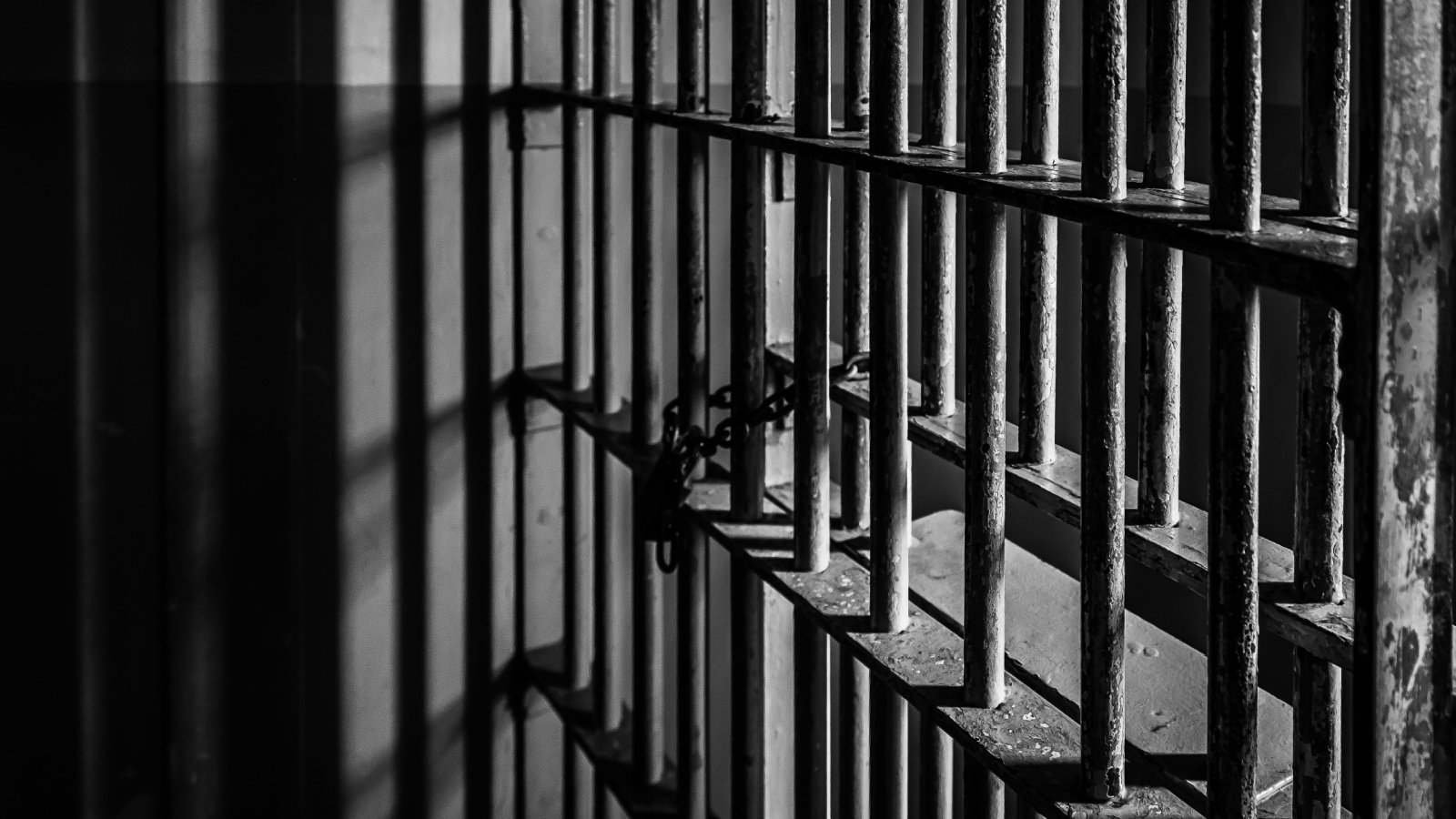In Idaho, the planned execution of Thomas Eugene Creech was abruptly stopped due to difficulties in administering the lethal injection, casting a spotlight on the challenges and ethical questions that continue to surround the death penalty. This incident brings to the forefront the emotional and legal intricacies of such a grave measure such as capital punishment. As the debate over the morality and effectiveness of the death penalty persists, Creech’s case serves as a critical point of discussion for both advocates and critics.
Execution Halted

In Kuna, Idaho, an attempt to execute serial killer Thomas Eugene Creech was abruptly stopped when the medical team couldn’t find a suitable vein for the lethal injection. The team struggled with the procedure, making multiple attempts on Creech, a 73-year-old inmate with a dark history spanning five decades and multiple murders.
A Lifetime Behind Bars
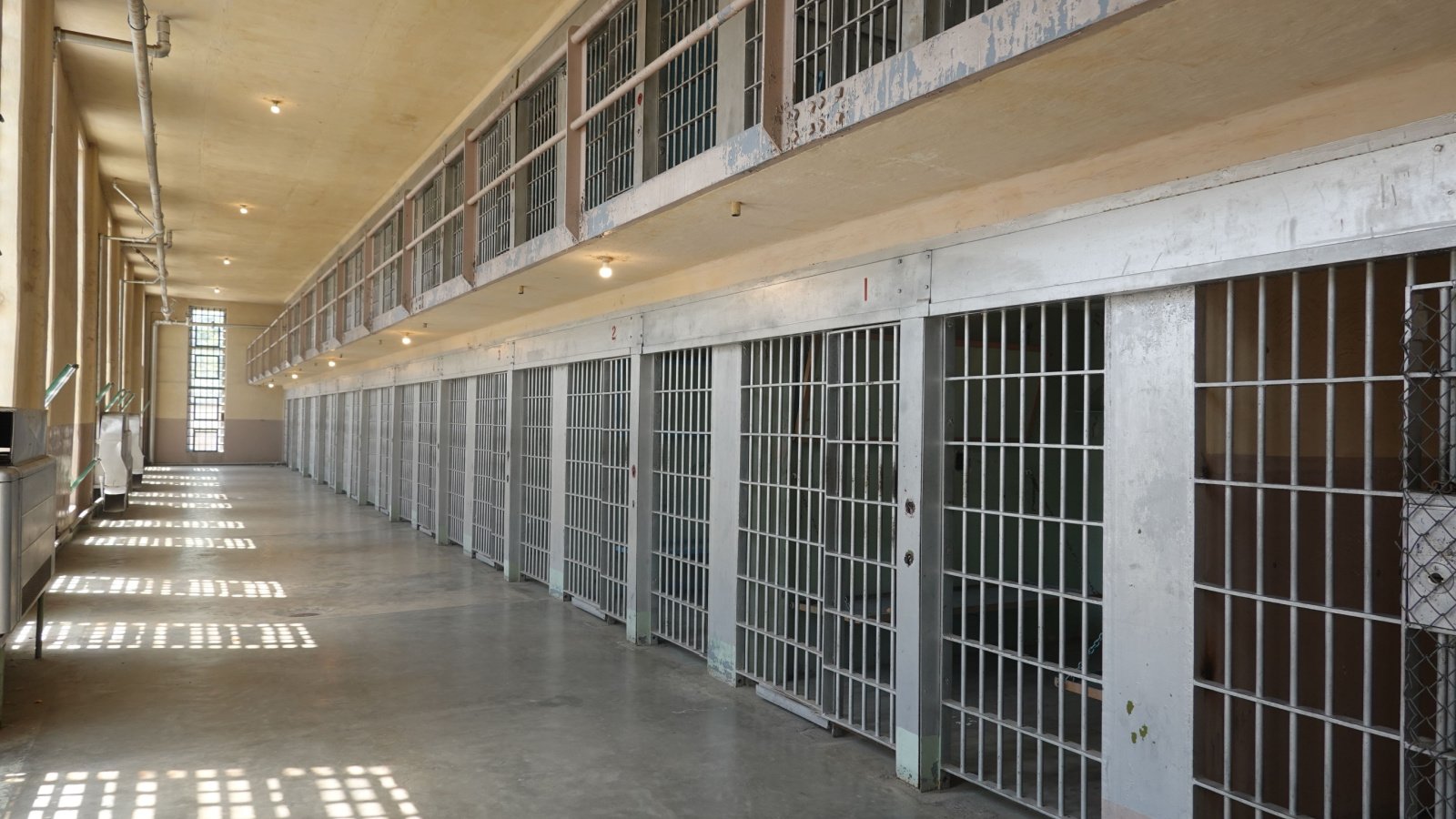
Creech, convicted of taking lives in three different states, has spent half a century in incarceration. His sentence escalated to death after he brutally murdered a young inmate, marking him for execution for this heinous act.
A Failed Attempt
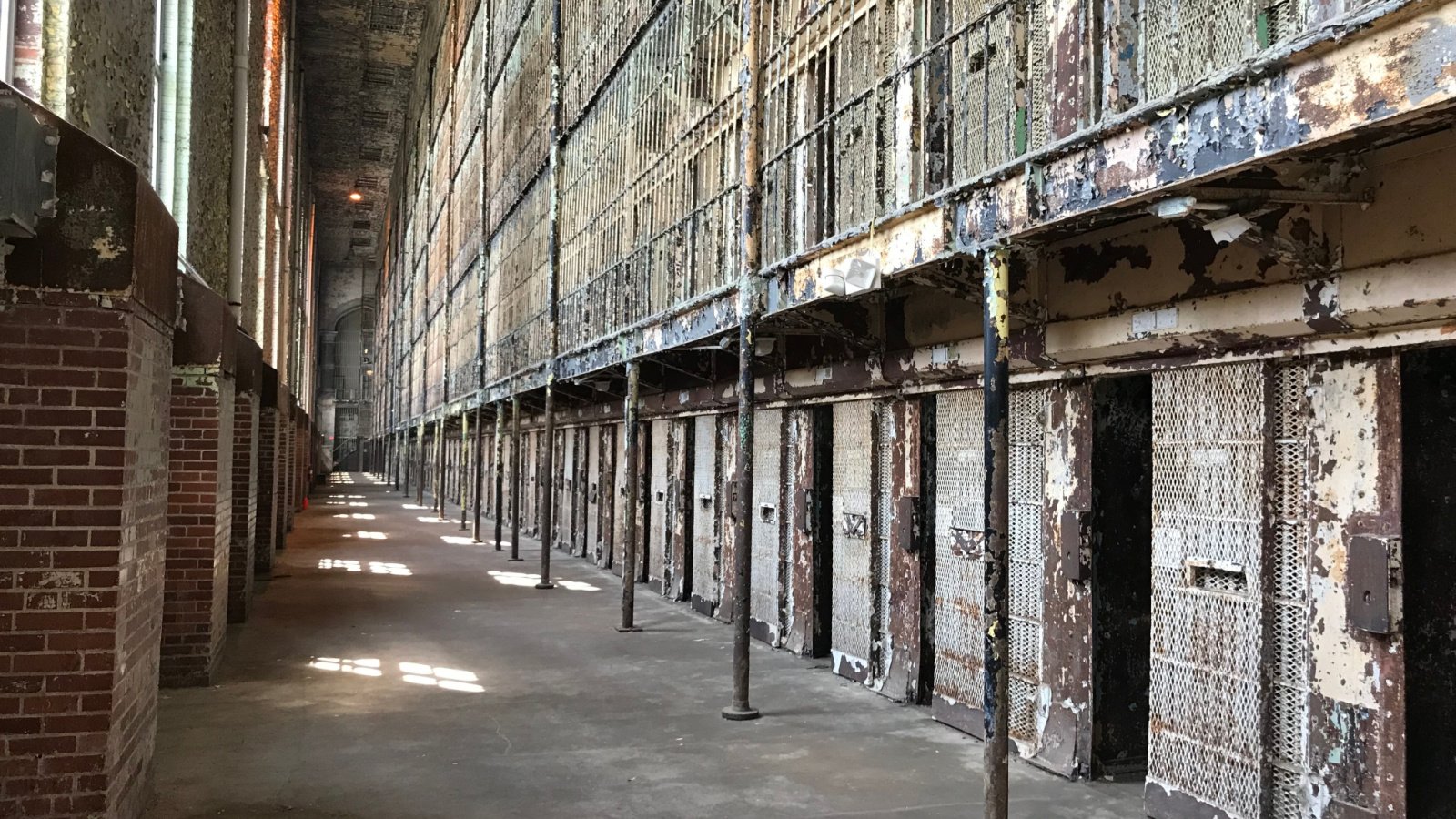
On the morning of the scheduled execution, Creech was prepared for his final moments, but the execution did not go as planned. Despite the medical team’s efforts, they faced difficulties with IV placement, prompting an unforeseen halt to the proceedings.
Execution Postponed
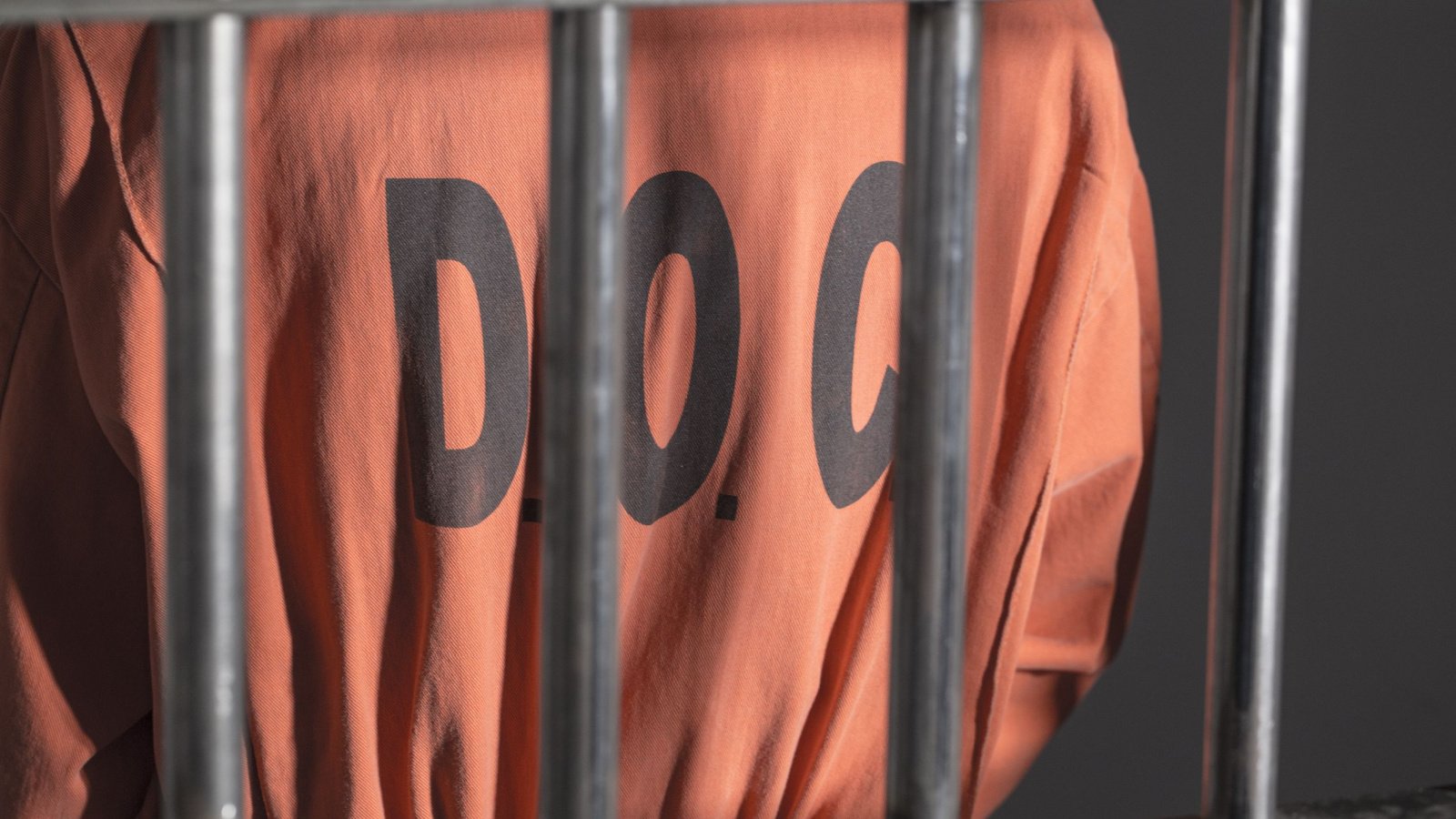
With the execution stopped short of completion, the Department of Correction faces a dilemma on how to proceed while respecting legal and ethical standards. The incident raises questions about the execution process and the challenges of adhering to humane practices.
Legal Ramifications
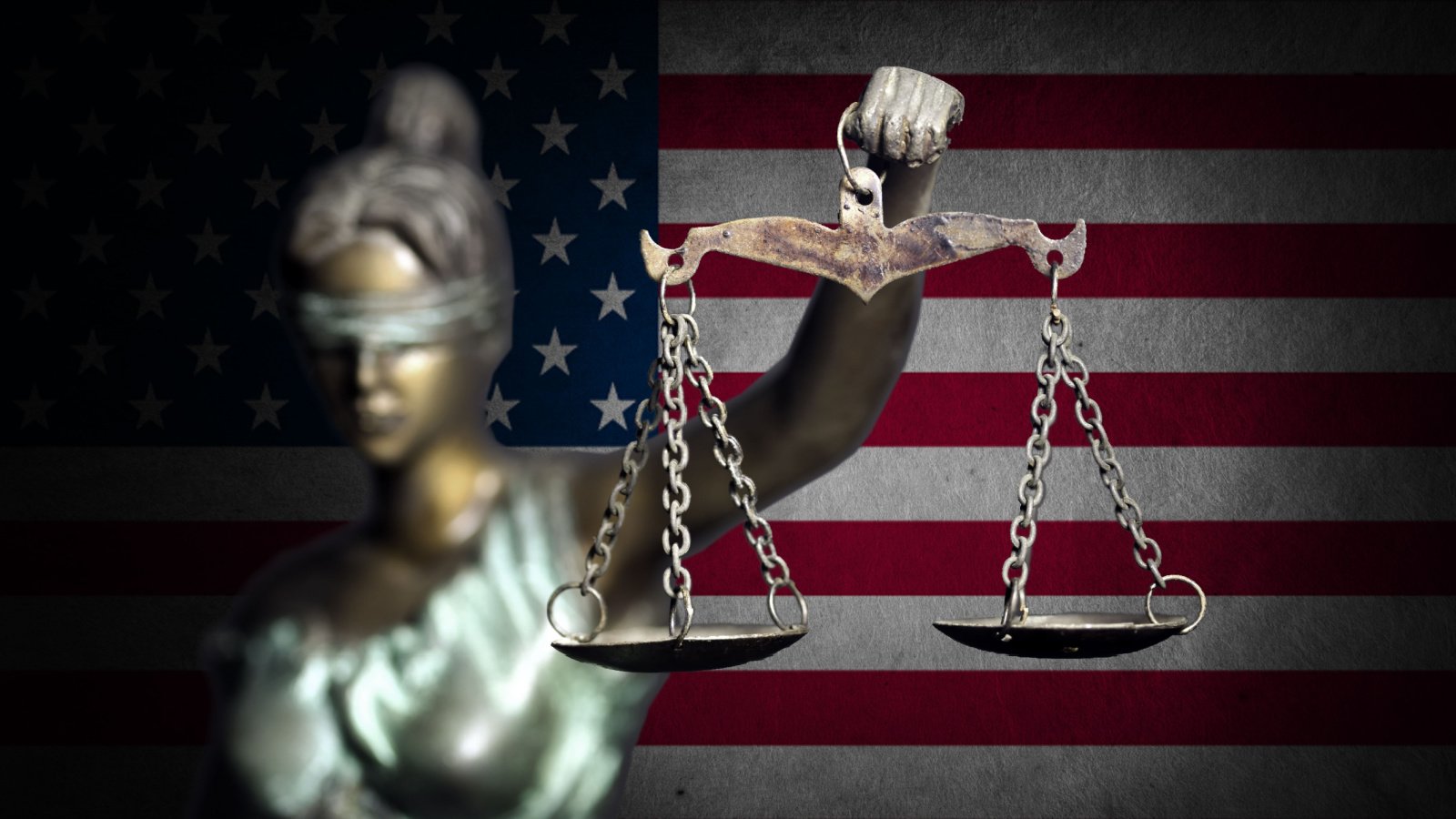
Following the botched execution attempt, Creech’s defense team swiftly took action, arguing that the failure underscored the state’s incapacity to conduct an execution that meets constitutional standards. Their legal move has momentarily spared Creech, emphasizing the complexities surrounding capital punishment.
Execution Concerns Voiced

The Federal Defender Services of Idaho highlighted the risks of entrusting the execution to anonymously trained individuals, pointing out the unfortunate reality of their warnings coming to fruition. The botched attempt underscored their concerns about executing one of the nation’s oldest inmates on death row.
A Witnessed Attempt

As Idaho prepared for its first execution in over a decade, a select group, including the Attorney General and journalists, gathered to witness the event. Their presence underscored the significance and scrutiny surrounding the execution process.
Behind the Masks

The execution team, composed of volunteers with medical backgrounds, remained anonymous behind masks and scrub caps. This anonymity adds a layer of complexity and mystery to the already intense procedure of carrying out capital punishment.
A Struggle for Connection

Despite the grim setting, Creech sought moments of connection with his family, signaling love in silent gestures. These poignant moments amidst the clinical attempts to administer lethal injection highlight the deeply personal impact of the execution process.
After the Halt

Following the decision to stop the execution, an intimate exchange between Creech and the warden hinted at compassion in the midst of procedural failure. The aftermath brought statements of frustration over the delayed justice, reflecting the ongoing debate around the death penalty’s execution and implications.
Seeking Justice

The Attorney General emphasized the importance of delivering justice for the victims and their families, highlighting the devastating impact of Creech’s crimes. This statement reflects the legal and moral responsibilities entangled in the pursuit of justice.
Legal Battles and Appeals

Creech’s defense team launched a series of last-minute appeals, challenging the fairness of his clemency hearing and the legality of his death sentence. Their efforts underscored the complexities and controversies surrounding the death penalty, particularly in cases involving judicial sentencing and transparency about execution methods.
The Final Verdict

Despite the appeals and a plea to the U.S. Supreme Court, Creech’s fate was sealed hours before his execution was scheduled. This moment marked the culmination of a lengthy legal process and the end of Creech’s fight for clemency.
Last Moments

In the hours leading up to his execution, Creech shared a final meal and moments with his wife, a poignant reminder of the human aspects behind the legal proceedings. Outside the prison, a small group of protesters voiced their opposition, adding a layer of public discourse to the event.
A Life of Crime

Creech’s criminal history, spanning multiple states and decades, paints a picture of a life largely spent in incarceration. His path from suspected murderer to convicted killer in multiple jurisdictions highlights the challenges in addressing and preventing such violent crimes.
The Loss of a Gentle Soul

Jensen’s relatives painted a picture of him as a lover of nature and hunting, tragically taken from his young daughter. The pain of growing up fatherless was a poignant theme during Creech’s clemency hearing, shedding light on the lasting impact of his crimes.
A Changed Man?

Creech’s transformation in prison is noted by his supporters, who cite his marriage and creative pursuits as evidence. Despite this, a prosecutor labeled him a psychopath, underscoring the complexity of human behavior and the debate on redemption.
Alternative Execution Methods

Idaho’s adoption of a firing squad as an alternative execution method reflects growing challenges with lethal injections. Yet, without operational protocols or a facility, this law remains untested, hinting at future legal battles.
National Execution Challenges

The difficulties of administering lethal injections are not unique to Idaho, as seen in Alabama and Oklahoma. These instances raise questions about the methods used for capital punishment and the search for humane alternatives.



